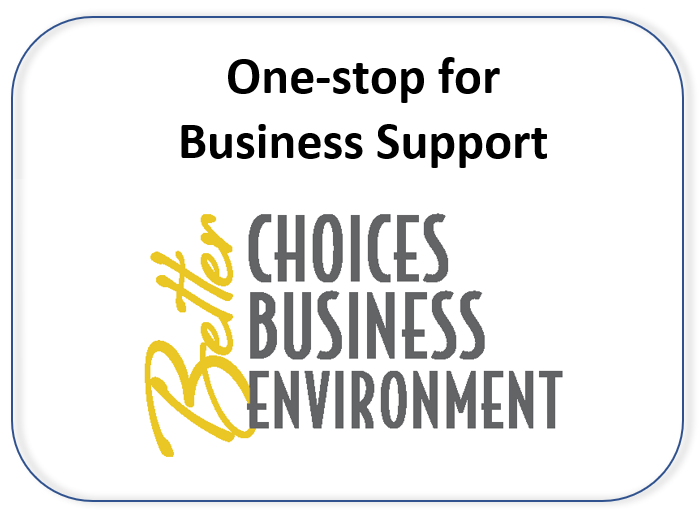General VOC rules
There are a range of environmental regulations that affect facilities using solvents or generating volatile organic compounds in their operations, outside of painting and coating processes. The following list provides some links to resources for compliance with those regulations.
Air pollution regulations
Use of solvents creates air pollution emissions due to the components that are considered volatile organic compounds (VOC) or hazardous air pollutants (HAP). These pollutants are regulated by the state and U.S. Environmental Protection Agency (EPA). To determine whether the solvents used contain these pollutants, you can review the safety data sheet provided by the manufacturer or supplier of the materials. Review the publication How to Use your SDS for Air Pollution Regulations (SB-112) to learn how to find information on the air pollutants in your materials.
State Rules specific to painting and coating are focused on the volatile organic compound (VOC) emissions due to the combined impact of VOC and other pollutants on ground level ozone and its health impacts. The Air Management Program has webpages with information on ozone and the VOC RACT rule development.
For help on emissions calculations, refer to the Coatings Actual Emissions (SB-312) [XLSX] spreadsheet and Coatings Maximum Theoretical Emissions (SB-313) [XLSX] spreadsheet for examples of VOC, PM and HAP emissions calculations.
VOC Emissions
VOC Emissions Sources and Air Pollution Construction Permits (AM-479) — A fact sheet describing the Air Pollution Construction Permit program and how it affects VOC sources like painting or coating operations or printers; including calculation examples, definitions and contacts for more assistance.
There are a wide range of industries that may use cleaning solvents on their processes, and some of these solvents are required to meet the Industrial Solvent Cleaning Operations RACT Part 1 and 2 (AM-447). Review the fact sheet for more information.
Where no other specific process or pollutant regulations apply to the solvents used at a facility, the general organic compound rule may apply.
Organic compound emissions
The Organic Compound Rule in s. NR 424.03 (AM-478) — Any source with a process line that has organic compound emissions may have to comply with these requirements, and may find this applicable even if they are exempt from an air pollution permit.
Facilities with VOC emissions may be required to maintain monthly, 12-month rolling average, or daily records. The following spreadsheets have example calculations for these requirements:
- Monthly VOC Emissions, 12-month Averaging (SB-306) [XLSX]
- Daily VOC Emissions, Monthly Average (SB-307) [XLSX]
HAP Emissions
Both the DNR and EPA have regulations affecting emissions of hazardous air pollutants (HAPs), also called air toxics or hazardous air contaminants. The regulations created by each agency are very different in the way they apply to businesses. The DNR's regulations contain a provision in which, if a business has to reduce emissions of certain HAPs under EPA's rules, that business does not have to apply the DNR's regulations to those same HAPs. Because the DNR and the EPA do not regulate the exact same HAPs, you should review both sets of rules to see whether they affect your business. Review the Federal regulations tab on the Air Regulations webpage for information on EPA's HAP rules.
Information on chapter NR 445, Wis. Adm. Code, the state Hazardous Air Pollutant rule and how it might apply to a company can be found on the DNR's air toxics and mercury page. The "Chemical spreadsheet tool" tab has an Excel spreadsheet which allows you to filter the list based on the chemical name or CAS# of a HAP and quickly find the NR 445 threshold(s) used to evaluate if your operation complies.
Waste regulations
- Managing wastes from Spray painting and coating operations (WA–299)
- If you clean up with wipes or rags, be sure to follow the latest procedures outlined in the DNR Waste Program's fact sheet Management of Solvent-Contaminated Wipes (WA-1207).
- If you reuse solvents, there are important policy issues to understand:
- If you continue to reuse a solvent after the initial use: Hazardous Waste Program Policy on Continued Use (WA-1594)
Wastewater regulations
- Small industrial sources using paints and solvents should check with their local wastewater treatment plant or sewerage district about disposal of any industrial materials. They will have limits on what contaminants can be sent to the sewer. You may need to pretreat your wastewater discharge before sending it to the treatment plant. Review the requirements starting on the DNR's wastewater page.
| Additional resources |
|---|

